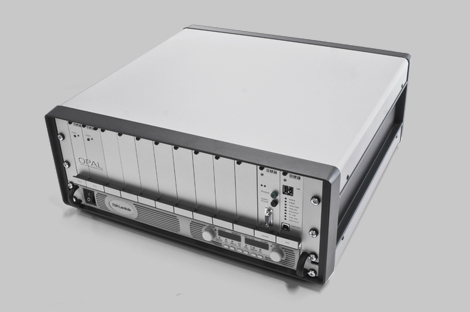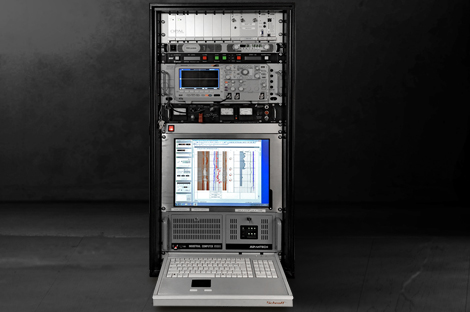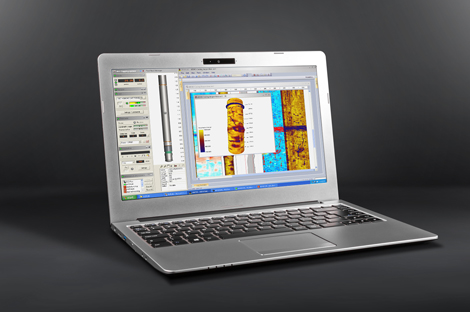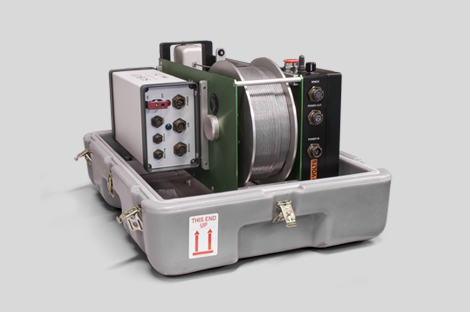Acquisition Systems
ALT develops and offers versatile data acquisition systems designed for your unique applications. SCOUT PRO and OPAL are based on modern electronics design in which software control techniques are used to their best advantage to make the logging operators’ life easier and to reduce the fail rate.
The hardware incorporates the latest electronic components with embedded systems entirely controlled by the operator through the specially developed LoggerSuite software application.
Our smallest data acquisition system SCOUT PRO offers the unique combination of high performance, ruggedness and ease of use appreciated by logging operators worldwide.In addition to supporting all tools implementing ALT protocol including MSI/ALT tools with QL Telemetry, the new system also offers compatibility with Geovista and Kuster probe lines.
SCOUT PRO is optimised for use with QL instruments streaming high volume of data, at baud rates of up to 500,000 bits per second.
The Open Platform Advanced Logger (OPAL) is a modular and flexible acquisition system. Its standard configuration is optimised for the ALT/Mount Sopris tool telemetry protocol and provides high telemetry performance when running borehole logging tools on multi and single conductor cables. Its architecture allows easy integration of additional telemetry modems to support equipment from other vendors. It is also the preferred system to run the Borehole Magnetic Resonance tools (QL40BMR) developed by NMRSA (Orica).
Telemetry Trainer
For customers running ALT tools without the latest generation of telemetry, we supply a telemetry trainer that improves telemetry performance on long, bandwidth limited wirelines.
The Telemetry Trainer, in conjunction with an OPAL or SCOUT PRO acquisition system allows the electrical transfer function of a wireline to be computed. A filter is calculated from the transfer function that can be applied to the telemetry signal to counteract the distortion of the communication pulses sent through the wireline.






